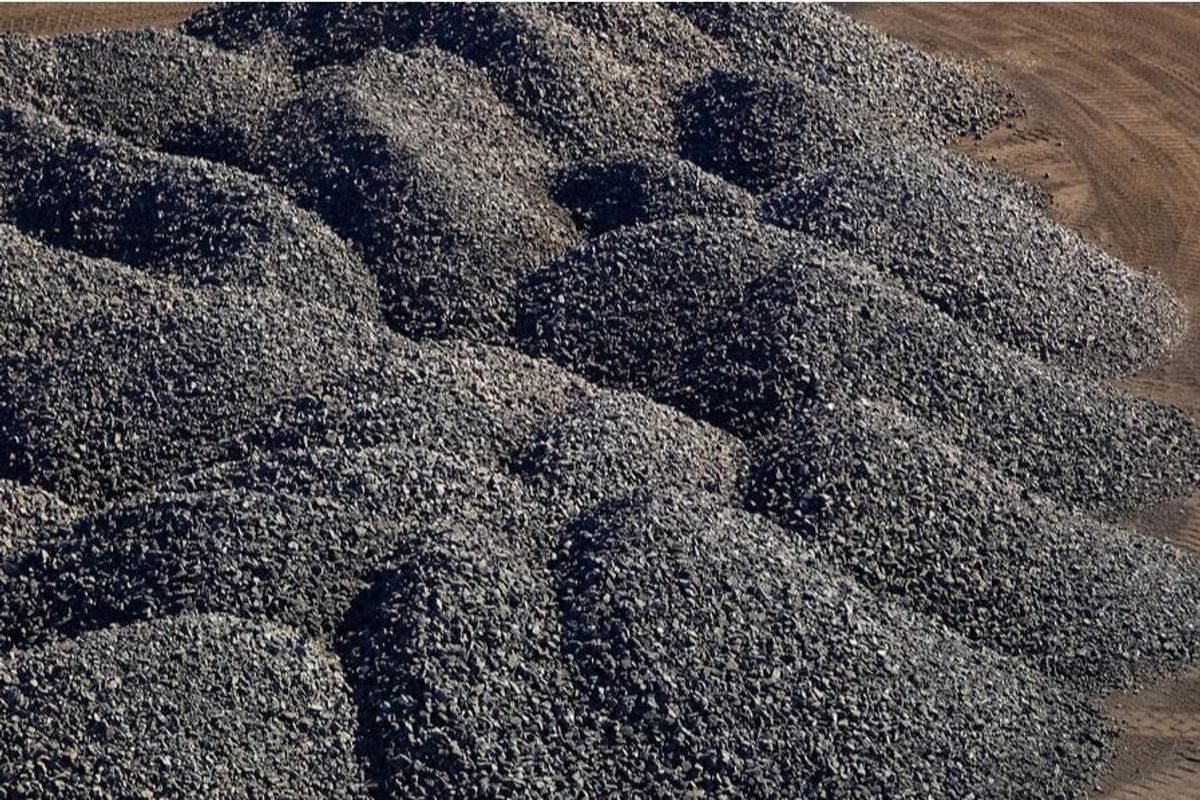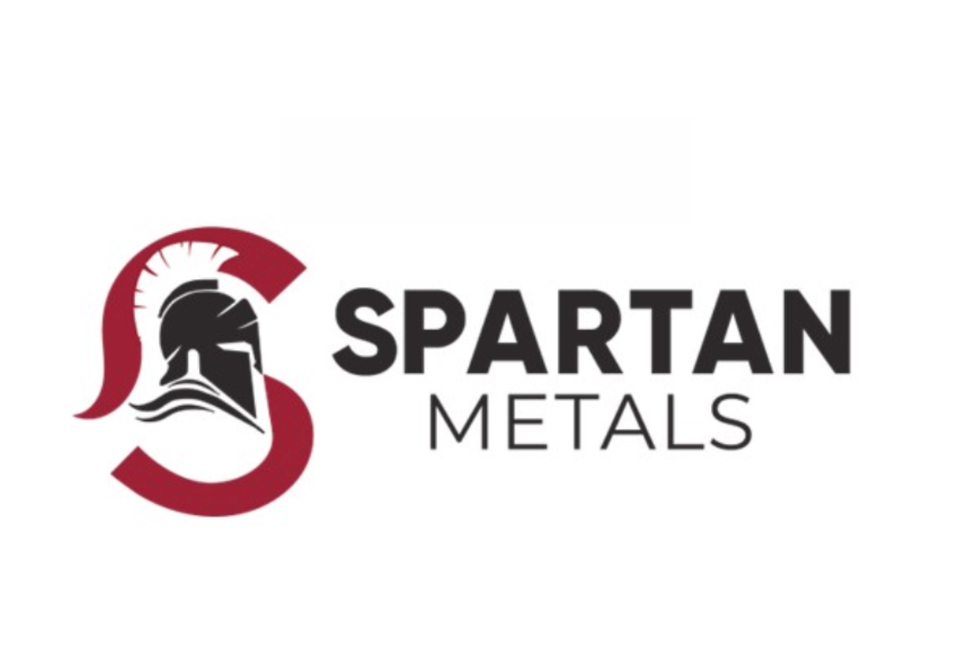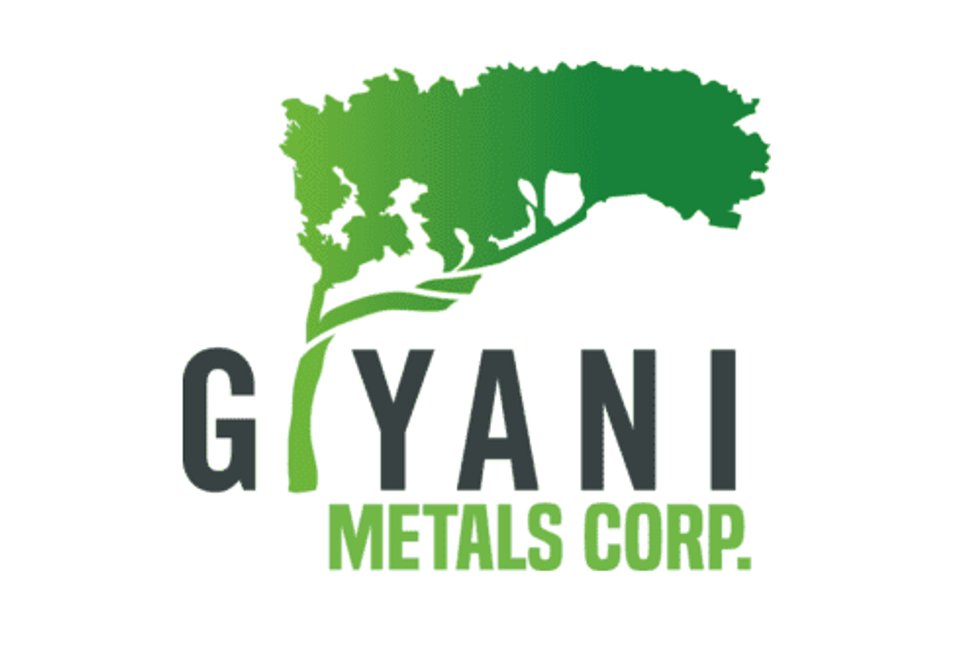Manganese Outlook 2021: Steel Demand to Recover, Oversupply to Persist
Read on to find out what experts had to say about trends in the manganese market in 2020 and the 2021 manganese outlook.

Click here to read the latest manganese outlook.
Volatility continued for manganese in 2020, with demand and supply hit by the coronavirus.
Despite not being widely known, manganese is extensively used in metallurgy. In fact, it is the fourth most common metal by tonnage, just after iron, aluminum and copper.
But what will happen to manganese this year? To find out, the Investing News Network (INN) reached out to analysts in the space to get their thoughts on what’s ahead for the battery metal in 2021.
Manganese trends 2020: The year in review
Volatility has been a common theme in the manganese space, but 2020 also saw uncertainty brought by the COVID-19 pandemic, which hit markets around the globe.
“I think the impact of COVID-19 caused a volatility in pricing that we couldn’t have foreseen,” Clare Hanna of CRU Group told INN.
Initially, the major impact of the pandemic was seen on demand in China. As Chinese steel production started to pick up in March, South Africa went into lockdown and all mines and ferroalloy plants in the country stopped operations, Hanna explained.
As a result, the price of 36 to 38 percent manganese to China rose to almost US$7 per dry metric ton unit in April over concerns about future supply.
“South African mines actually started up very quickly once the lockdown was lifted, and shipments to China increased to record levels, reflecting strong Chinese demand and weak demand elsewhere ― by this time, Europe and other regions were in lockdown,” Hanna said.
A key trend in the manganese market was the high steel intensity of the Chinese recovery from COVID-19, which in turn meant stronger demand for manganese ore.
“Prices of ore started to drop back quite quickly once it became clear South African supply was secure, and mining in Australia and Gabon was relatively unaffected,” Hanna said. “While demand in China was strong, supply was even better and stocks at Chinese ports reached record levels, peaking in early December.” She added that rising stocks kept a lid on any significant price recovery during H2 2020.
Outside of China, steel production was down significantly in the second quarter, recovering slowly in Q3 and picking up more strongly in Q4.
“Steel mills ran down ferroalloy stocks, ferroalloy producers cut output and stocks of finished stocks and raw materials,” Hanna said. “As a result, we have seen price increases for ferroalloys in Europe and North America, (and) tight market supply as producers right the way through supply chains responded both to recovering demand and the need to restock by increasing production.”
Looking at the battery side of manganese, it is important to remember that yearly there are about 20 million tonnes of contained manganese mined, with the battery market consuming around 30,000 tonnes, James Clark of Benchmark Mineral Intelligence told INN.
“It’s quite small,” he said. “Largely, the manganese that goes into the battery metals space tends to be on longer-term contracts, so it’s quite stable in terms of pricing.”
Generally speaking, contracts last around three years, although they may get longer as the industry expands. That’s why despite the pandemic, prices for the battery side didn’t move as much in 2020.
Manganese outlook 2021: What’s ahead
Looking ahead to manganese in 2021, CRU is forecasting that new mines will come online this year.
“Three are scheduled for Q1 or early Q2, and that supply will remain strong,” Hanna explained to INN. “The cloud on the horizon remains Chinese port stocks. These have fallen since early December, but still remain high by historical levels.”
Additionally, any weakness in Chinese demand could put more downward pressure on prices, and therefore on marginal cost supply. CRU expects that global steel demand will continue to recover in 2021, although there will be regional variations.
“At a global level, steel production in 2021 will exceed both 2019 and 2020 levels, although Chinese steel production will be marginally lower than 2020, which has been exceptional,” Hanna said. “European steel production will be almost back to 2019 levels.”
At present, because demand for manganese from the battery space is so small, CRU does not have a forecast on manganese demand for this segment.
“There has been some coverage of manganese in the battery sector, and there are a small number of plans and proposals for new mines linked to manganese processing for batteries,” Hanna said.
“I think the reason for the lower level of coverage for manganese compared to other products is that in terms of manganese units, electric vehicle battery consumption will be a very, very low share of total manganese units in the early years of the growth in electric vehicle batteries.”
Over time, CRU anticipates that the share of manganese units consumed will grow, but will still be very low compared to manganese consumption in steel. Manganese ore for batteries is converted in plants that make electrolytic manganese flake and electrolytic manganese dioxide.
“Most of these plants are in China, and the end product goes into the steel industry, although there are units producing higher-grade material in South Africa and Mexico,” Hanna said. “It is interesting to note that some of the investment proposals involve establishing manganese battery material supply chains in other key automotive production regions, for example the US and Europe.”
CRU is forecasting a small but persistent oversupply in the manganese market as a whole through to the medium term. “Very short term, the recovery in demand combined with restocking may reduce this,” Hanna said. “This could be changed by a stronger, faster recovery in demand outside of China and/or persistent strength in Chinese steel demand.”
In terms of pricing, the increase in supply from Gabon and, interestingly, a couple of new mine startups in South Africa, will constrain some of the price recovery in 2021, according to CRU Group.
“However there is still some short-term volatility around pricing, and the second and third waves of COVID-19 always add an element of risk to any forecast,” Hanna said.
On the battery side, Benchmark Mineral Intelligence’s Clark said prices will remain fairly stable.
“You may see certain materials quite tight, particularly on the high-purity electrolytic manganese metal side at the moment,” he said.
Demand for manganese from this segment will follow a similar trend as in 2020, and with growth in the cathode chemistries containing manganese (nickel–cobalt-manganese and lithium-manganese oxide), demand for the metal will increase as well.
“Historically, manganese was always viewed as there would be plenty of supply because when you look at the battery use of manganese compared to the entire market, it’s very small, and will always be quite a small component of that,” Clark said. “There’s also a smaller number of producers, and the barriers to entry are quite high relatively.”
Clark explained that China dominates the space, and globally it’s quite difficult to enter the supply chain. For the expert, the main risk for the manganese battery market is technological.
“Mining is easy, it’s the processing that is difficult,” Clark said. “For manganese, to process the battery grades can be quite expensive, depending on the ore type, and quite specialized.”
In China, this process is quite well understood, but outside the country there are only a few producers.
For investors interested in manganese, Clark said it is difficult to get direct exposure, but when looking at projects he suggested considering management teams and their plans for the asset.
When asked about what other catalysts investors should keep an eye out for, Hanna said to watch out for further announcements about Eramet’s (EPA:ERA) Moanda mine expansion.
“The company has succeeded in ramping up expansion using a modular approach, which minimized the initial CAPEX requirement, but further investment will be required to hit the 7 million tonne target,” she said. “Listen out too for the outcome of a feasibility study to expand capacity at the Tshipi Borwa mine by 50 percent, expected towards the end of 2021.”
Don’t forget to follow us @INN_Resource for real-time news updates!
Securities Disclosure: I, Priscila Barrera, hold no direct investment interest in any company mentioned in this article.
Editorial Disclosure: The Investing News Network does not guarantee the accuracy or thoroughness of the information reported in the interviews it conducts. The opinions expressed in these interviews do not reflect the opinions of the Investing News Network and do not constitute investment advice. All readers are encouraged to perform their own due diligence.



